 Last week I tweeted out this picture of a boat just outside the Channel Islands Harbor. The caption of the picture was “Making Squid.” When we say “making squid” or “making bait” it refers to the practice of catching bait to use on the boat for fishing. We’re not somehow genetically manufacturing bait onboard. The boats don’t store freeze dried packets of Sea Monkeys that you just add water to 😉
Last week I tweeted out this picture of a boat just outside the Channel Islands Harbor. The caption of the picture was “Making Squid.” When we say “making squid” or “making bait” it refers to the practice of catching bait to use on the boat for fishing. We’re not somehow genetically manufacturing bait onboard. The boats don’t store freeze dried packets of Sea Monkeys that you just add water to 😉
Bait is a very important part of fishing. Even if you are using artificial lures, you try to mimic what the fish are feeding on in that particular area. Fly fishermen refer to this practice as “matching the hatch”. Bites are often sparked when an event, for example a squid spawn, creates an easy feeding opportunity for larger predators, like halibut or white seabass.
Squid are attracted to light. The boat in the picture is using modern green LED lights to attract squid to the boat. Many boats still use regular floodlights shined over the side of the boat or dropped into the water. They then net the squid and put them in the boat’s bait well to use later for fishing. Sometimes the boat will hand out squid jigs to the anglers and we’ll use them to try and snag squid while the crew is netting them.
 Live squid is a luxury. We refer to it as the “candy bait” because fish love it. Live squid is one of the most effective baits around. The halibut I caught last week was on live squid as some of the saltier readers surmised from the black ink on my hand towel. Getting it can make a trip.
Live squid is a luxury. We refer to it as the “candy bait” because fish love it. Live squid is one of the most effective baits around. The halibut I caught last week was on live squid as some of the saltier readers surmised from the black ink on my hand towel. Getting it can make a trip.
In the video below, I captured some of the process so you could see how it works. The footage was filmed aboard the Freedom on a trip I made out to Catalina Island a couple weeks back. The opaleye in the bait tank is there to keep the squid agitated…A) it helps prevent them from mating and B) it keeps them near the surface to make it easier for the deckhands to net them for the hand wells that the anglers bait their hooks from. Enjoy.
[youtube http://www.youtube.com/watch?v=9dFIlMTGsnM?rel=0]

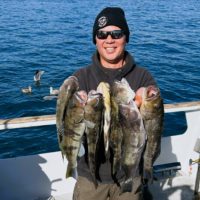
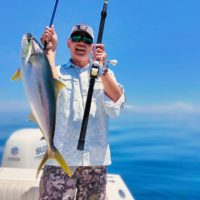
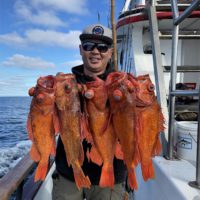


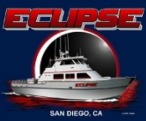


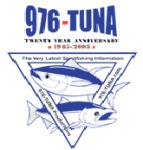
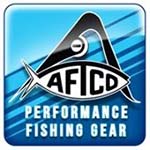
No Comments